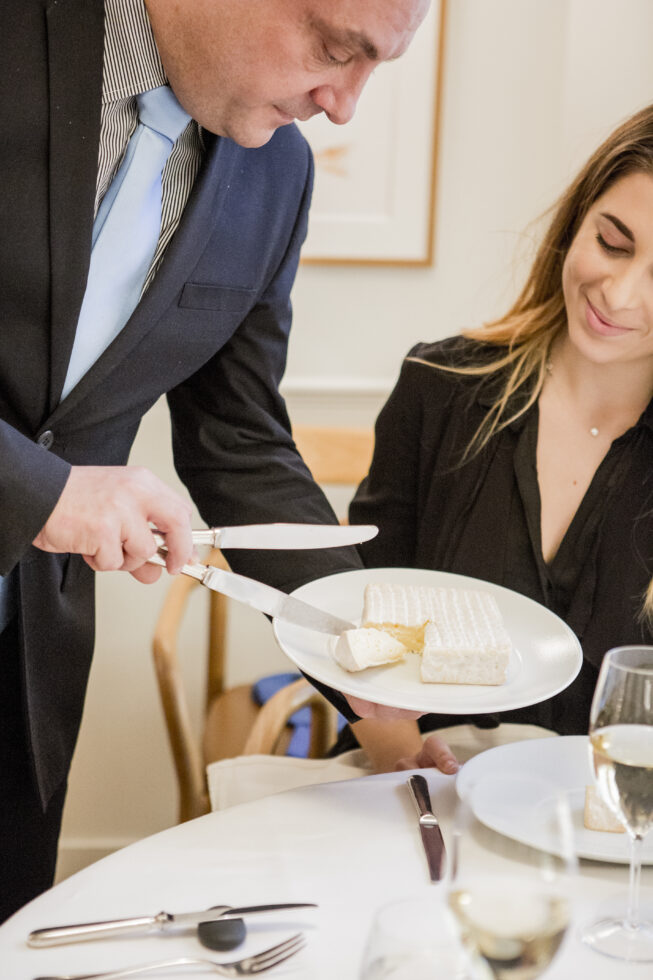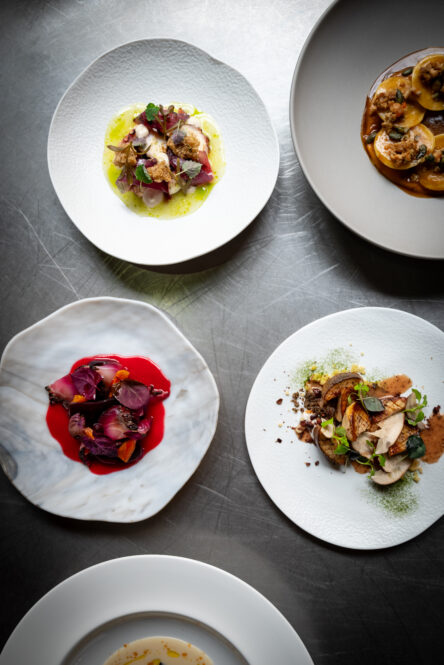What is hotel catering?
As key players in tourism in Paris, throughout France and around the world, two main categories of hotels can be identified: on the one hand, independent hoteliers (often small and family-run) and, on the other, hotel groups that manage several hotel establishments subject to certain regulated standards.
The organization of a hotel restaurant will be similar to that of a commercial restaurant, with a restaurant manager, a maître d’hôtel and a chef in charge.
Whether in top-of-the-range resorts or small independent hotels, the rooms no longer make it possible to differentiate the offer from the competition. That’s why many hospitality entrepreneurs have decided to integrate one or more restaurants, with different offerings for every moment of the day:
- Breakfast
- Brunch
- Lunchtime
- Tea time
- Dinner
- Bar service
These services are often complemented by a smaller selection of room service options to accommodate guests at all hours.
Hotel catering services must be positioned in the same way as accommodation services. In the interests of profitability, different categories of hotel will favour a certain type of catering:
Buffet formulas for economy-class hotels to cope with volumes
Assembly cuisine using sous-vide cooking for economy and mid-range hotels, to adapt to fluctuations in occupancy.
Top-of-the-range restaurants for luxury hotels, with their own identity and signature or discovery menus, as well as a banqueting offer for seminar or group meals.
The seven principles of the HACCP system are as follows:
- Hazard analysis
- Determination of critical control points (CCPs)
- Determination of critical limit(s)
- Establishment of a system for monitoring hazard control measures at CCPs
- Determination of corrective actions to be taken when a given CCP is defective
- Apply verification procedures to confirm that the HACCP system is working effectively.
- Keep a file of all procedures and records relating to these principles and their application (traceability).
Secondly, the proper monitoring of a restaurant involves good stock management. Inventory must be precisely controlled, so that all products are listed and qualified on stock cards. It’s important to carry out regular checks between theoretical and actual stocks. A regular inventory of your stock will enable you to :
- Avoid waste
- Avoid stock-outs and ensure you can meet demand
- Avoid lost sales
- Avoid tying up cash
At the same time, setting up a detailed purchasing procedure and managing your relationships with your suppliers will have a considerable impact on optimizing your commissary. Depending on the size of your restaurant, recruiting or training a bursar responsible for procurement and stock statements will ensure rigor and impeccable follow-up. This key position can also improve the profitability of your establishment by negotiating the best quality/price ratio with your suppliers.
Last but not least, take a close look at cash collection, which is closely linked to sales. It’s a proven fact that fast, convenient checkout has a positive impact on the customer experience, as well as on your front-of-house team. They can devote more time to service. An all-in-one commerce platform such as Lightspeed is also recommended. It will help you manage your business by better analyzing the numbers. You’ll have all the information you need on what’s happening in real time. With detailed reports on all your sales and dishes (the best-selling and the least successful), you’ll be able to consult with the chef and make any necessary changes to your menu if required. Intuitive software will also reduce the risk of errors on order forms and increase your margins.
Our best practices
To develop significantly, a hotel restaurant must be able to exist independently of the hotel and its accommodation function. This differentiation can be expressed differently depending on the type of establishment.
Independent hotels or boutique hotels will focus on personalized service, even more so than hotel groups. In fact, because of their small size, they have more flexibility to adapt to each customer. To do this, they can work on their story-telling, based on the history of the place and their originality, to give their guests a unique experience. Whether in terms of décor, furnishings, gastronomy, events or marketing techniques, they will have greater freedom.
Hotel groups, on the other hand, will adhere to a restaurant charter to ensure that the same standards will be found in each of their establishments. On the other hand, it may be a good idea to give the establishment’s head chef a certain amount of freedom to adapt a selection of à la carte dishes with regional specialties.
Hotel catering will be inspired by the major culinary trends found in commercial catering. Eating well with healthy, local products will be the order of the day. Depending on the hotel’s positioning, it must be able to meet the needs of its clientele profile (family, individual, business or group).
Communication between employees in the hotel’s various departments will be important, so that the personal data of hotel and restaurant guests can be centralized in CARDEX-type customer files. Knowledge of food preferences, allergies and language spoken will enable teams to personalize their service and build customer loyalty. Gathering their opinions and evaluating their satisfaction in order to improve the customer experience is also a procedure that needs to be put in place and followed over time.



